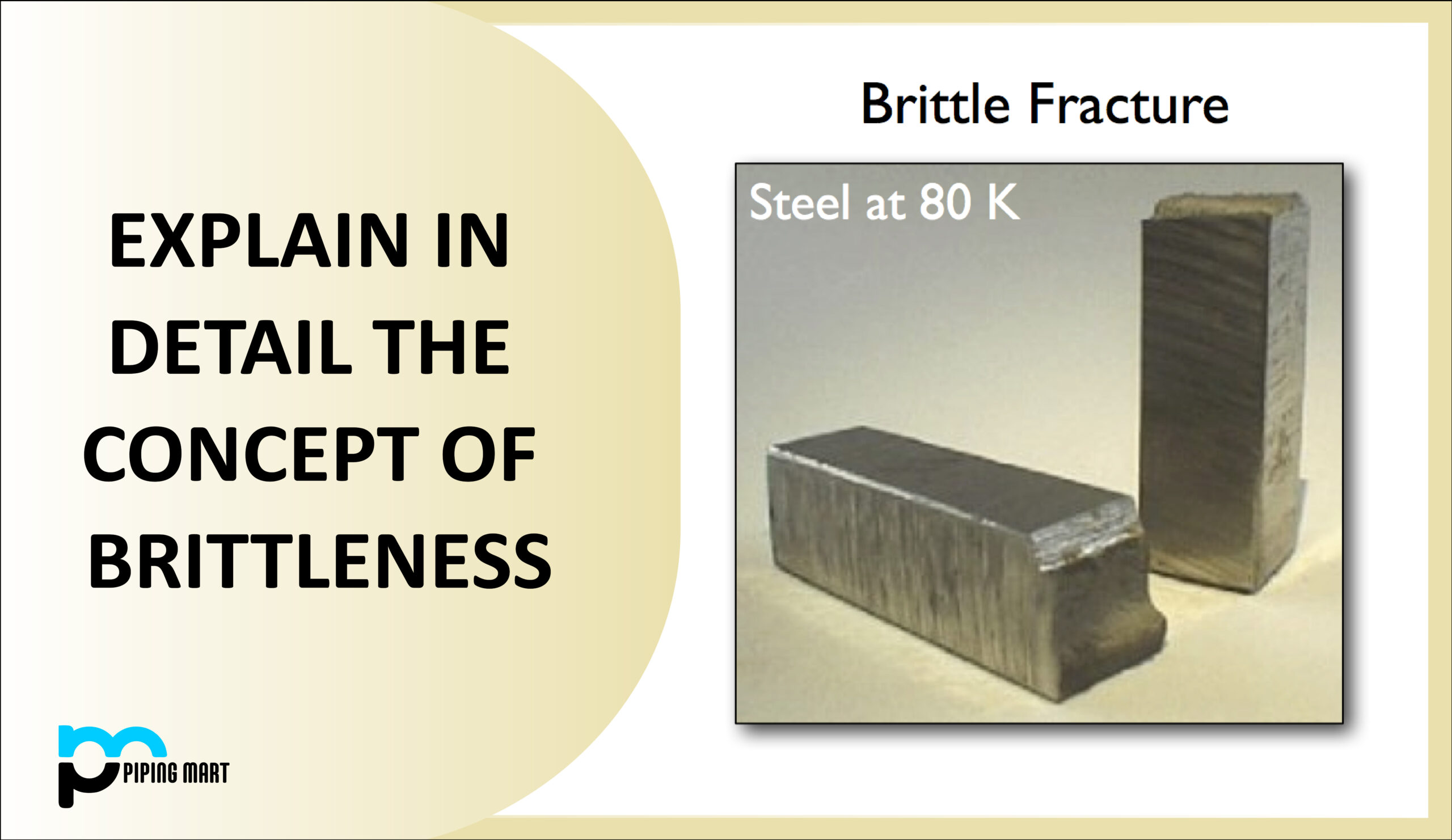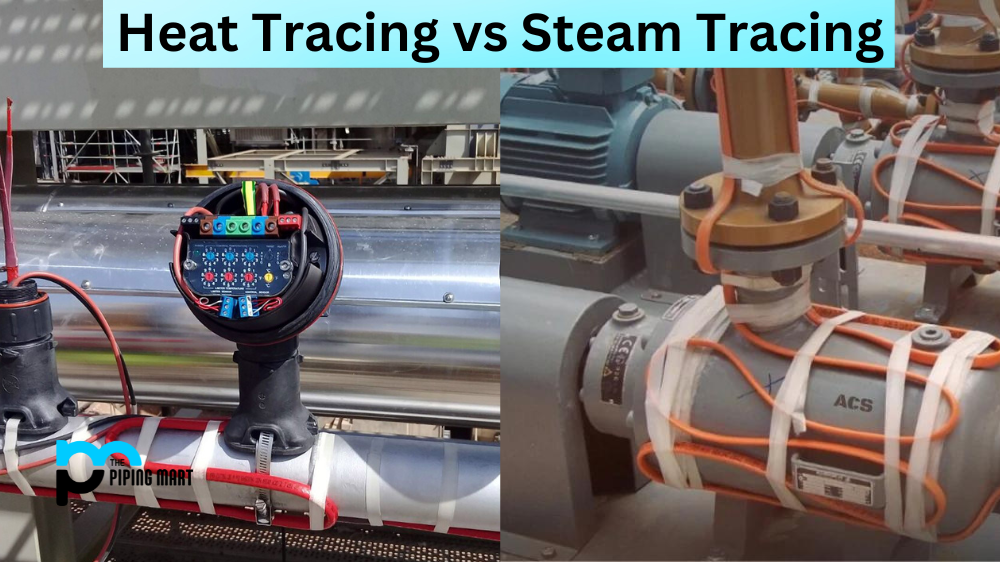What is brittleness?
Brittleness is the tendency of a material to break under stress but only minimally distort before doing so. Brittle materials have low tensile strength, low impact resistance and slight deformation. They also have high compressive strength. Most inorganic, non-metallic materials are brittle.
When stressed, a material is said to be brittle if it cracks with little elastic strain and little or no plastic strain. Even brittle, high-strength materials tend to absorb relatively little energy before breaking. A sudden snapping sound is frequently heard when something breaks.
It is considered brittle if a material splits under stress with little to no plastic deformation and elastic deformation. Even fragile materials with high strength typically only absorb a small amount of energy before crumbling. When something breaks, there is typically an abrupt snapping sound.
Metals and polymers become brittle below a threshold temperature called the glass transition temperature (Tg) or ductile to brittle transition temperature (DBTT). This rapid change is disastrous when forces are exerted on the body. The fracture growth is observed to be orthogonal to the applied forces crossing the molecular grains or grain boundaries.
Metals and polymers become brittle below a temperature known as the glass transition temperature (Tg) or the ductile to brittle transition temperature (DBTT). This sudden transition is catastrophic, especially when the body is under stress. It has been noted that the formation of the fracture is orthogonal to the forces that are applied and cross grain boundaries or molecular grains.
Brittleness in different materials
- Polymers
Polymers’ mechanical characteristics are sensitive to temperature changes near room temperature. For instance, poly (methyl methacrylate) becomes more ductile as the temperature rises after being extremely brittle at 4 °C.
Different polymers react differently to temperature changes, including amorphous ones. They may exhibit glass-like behavior at low temperatures (the glassy zone), rubbery solid behavior at intermediate temperatures (the leathery or glass transition region), and viscous liquid behavior at higher temperatures (the flexible flow and viscous flow region).
This behavior is known as viscoelastic behavior. In the glassy zone, the amorphous polymer will be rigid and brittle. As the temperature rises, the polymer will become less brittle.
- Metals
The slip systems of some metals give rise to their brittle characteristics. The more slip systems a metal has, the less brittle it is because numerous of them can go through plastic deformation. On the other hand, with fewer slip systems, less plastic deformation may occur, making the metal more brittle. For instance, HCP (hexagonal close-packed) metals frequently fracture and have few active slip systems.
- Ceramics
Ceramics are often brittle due to the difficulty of dislocation motion or sliding. Because there aren’t many slip systems in crystalline ceramics, deformation is complex, and the ceramic becomes more brittle.
Ceramic materials frequently have ionic bonding. The electric charge of the ions and their attraction to other ions with identical charges further restrict slip.
What causes the material to become brittle?
- Toughening
When a material hits its limit of strength, it usually has two choices: deformation or fracture. A naturally malleable metal can be strengthened by blocking the mechanisms of plastic deformation, but if this is done excessively, fracture becomes more frequent, and the material can become brittle. As a result, careful balancing is necessary to increase material hardness.
It is practical to toughen materials like glass and other naturally brittle ones. Most of these techniques employ one of two mechanisms: either to deflect or absorb the fracture point as it propagates, or to produce precisely controlled residual stresses that will force cracks from known sources to close.
The first principle is laminated glass, which consists of two sheets of glass separated by a polyvinyl butyral interlayer. The widening crack is absorbed by polyvinyl butyral since it is a viscoelastic polymer. The second method is used in both pre-stressed concrete and toughened glass.
High-impact polystyrene, often known as HIPS, is a notable example of how brittle polymers can be made harder by adding metal particles to generate crazes when a sample is pressured. Zirconia, toughened by transformation and silicon carbide, is the least fragile structural ceramic.
A different mindset is used in composite materials, such as when fragile glass fibers are added to a ductile matrix like polyester resin. When under stress, cracks at the glass-matrix interface develop, but there are so many of them that a significant amount of energy is absorbed, toughening the material. The same fundamental concept is used to create metal matrix composites.
- Effect of Pressure
A material’s brittle strength may often be increased through pressure. For example, this happens in the brittle-ductile transition zone, located in the Earth’s crust at a depth of about 10 kilometers (6.2 mi), where rock is more likely to flex ductility and less likely to fracture.

Pipingmart is B2B portal specializes in industrial, metal and piping products. Also, share latest information and news related to products, materials and different types grades to help business dealing in this industry.




